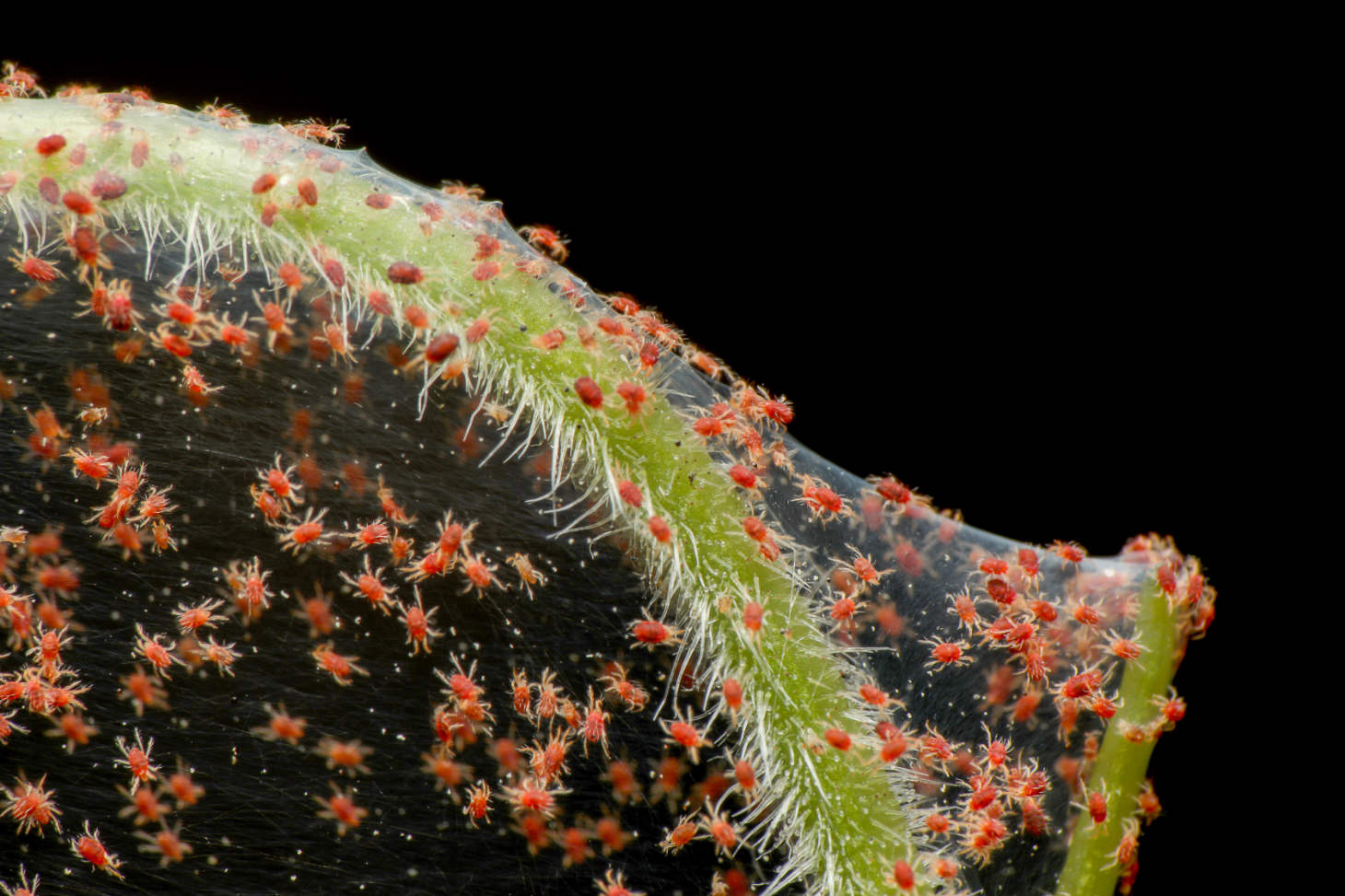Succulent Pest Control and Disease Management
Keeping your succulents healthy can be a challenge when pests and diseases show up. Mealybugs, aphids, and fungal infections are common problems that can quickly damage your plants if not managed early.
With the right pest control and disease management steps, you can keep your succulents strong and thriving. Learning to spot signs of trouble and knowing which solutions work best will help you protect your plants.

Whether you are a new or experienced succulent grower, simple and effective methods are available to help you deal with pests and prevent disease. Knowing what to watch out for and how to respond gives you the confidence to enjoy healthier, happier succulents.
Identifying Succulent Pests and Diseases
Succulents can develop problems from insects, fungi, or bacteria. Learning to spot trouble early makes it easier to protect your plants and keep them healthy.
Common Insect Pests Affecting Succulents
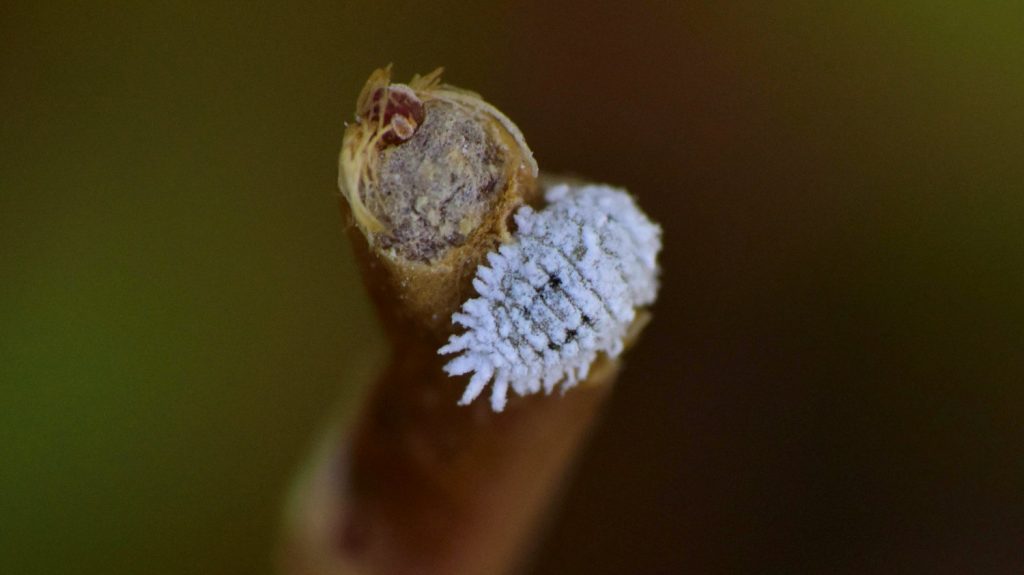
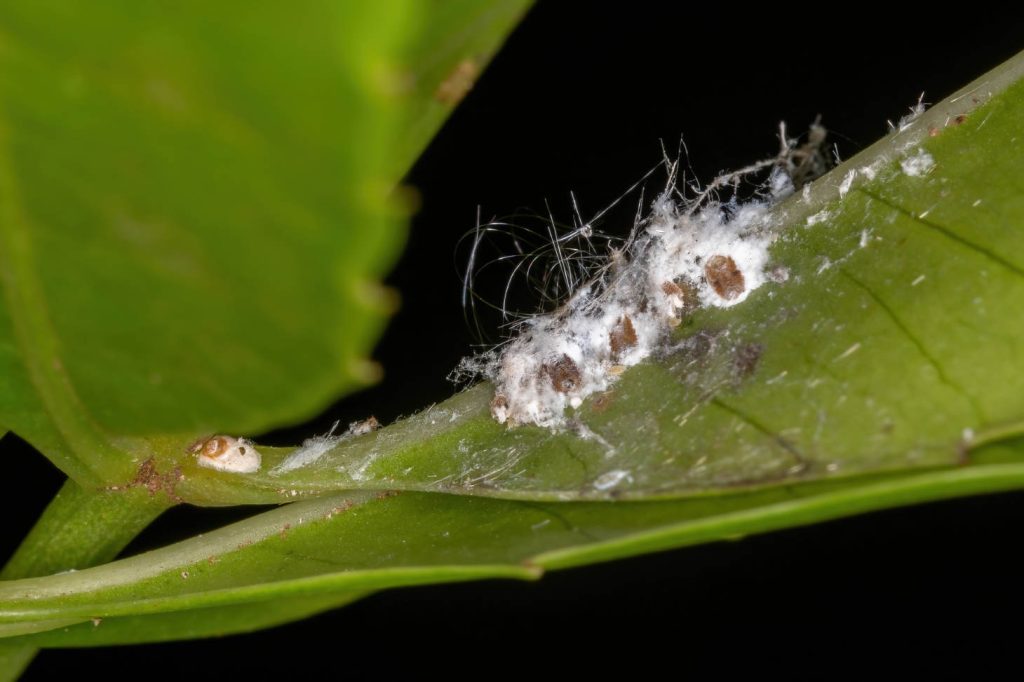
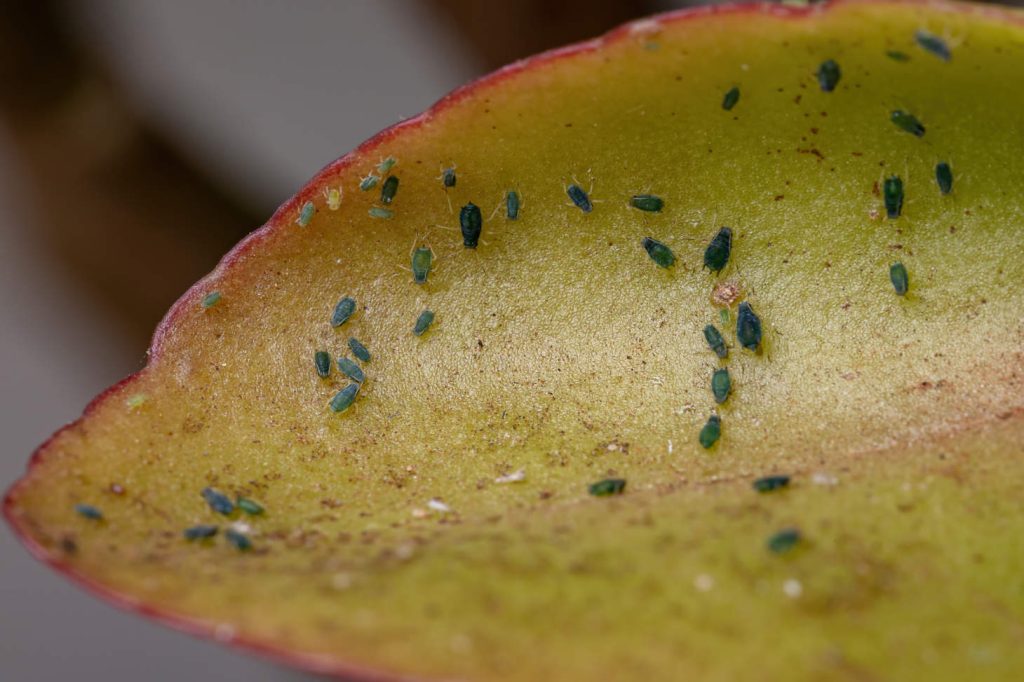
Several insect pests are known to attack succulents. Mealybugs look like small, white, cottony clumps usually found in leaf joints and roots. Scale insects appear as small, brown or gray bumps stuck on stems or leaves. Aphids are tiny and may be green, black, or red, often seen on new growth. Spider mites are much smaller and hard to see without a magnifier, but you might notice fine webbing or tiny yellow spots on leaves. Fungus gnats are small, dark flies, with larvae that feed on roots and wet soil.
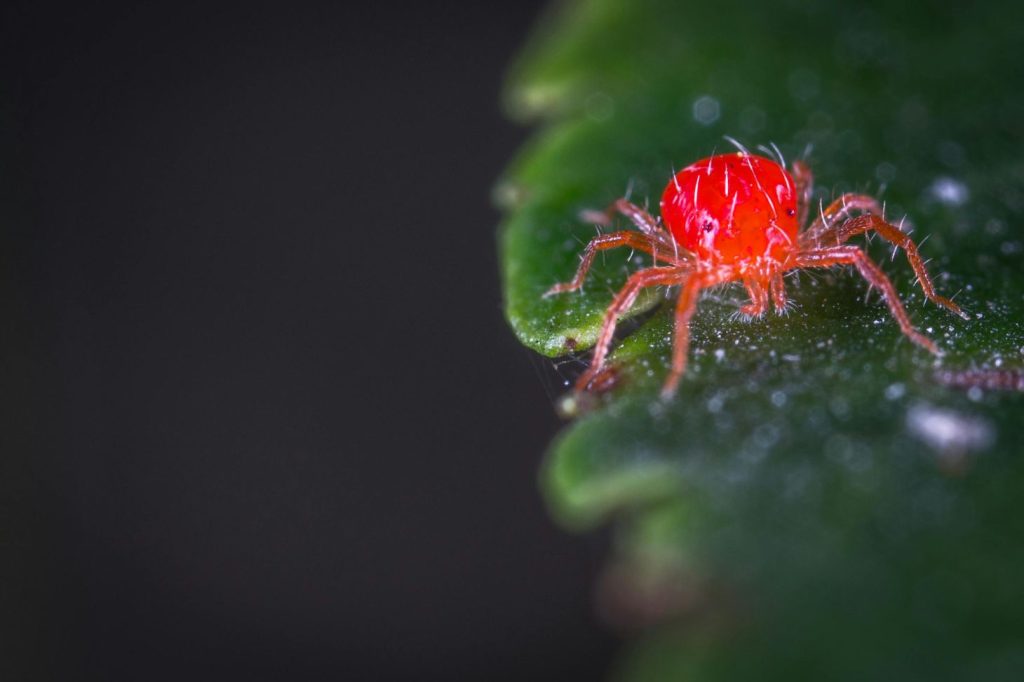
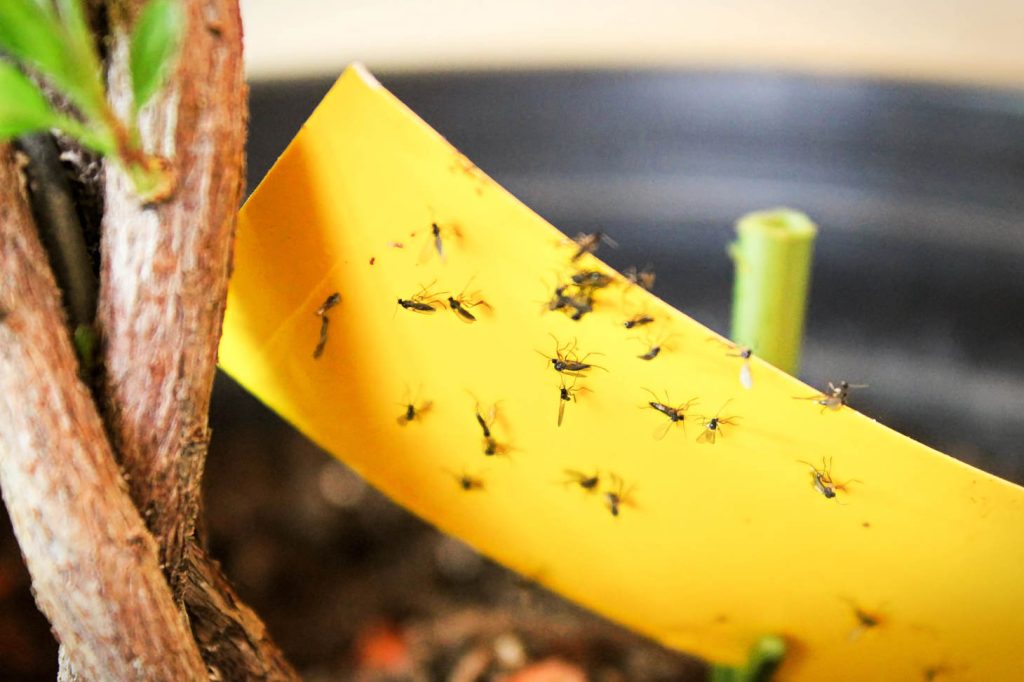
Signs of pest infestation may include:
- Wilting or yellowing leaves
- Sticky or shiny residue (honeydew)
- Deformed or stunted new growth
Watch your plants often so you can catch these pests before they spread.
Fungal and Bacterial Diseases in Succulents
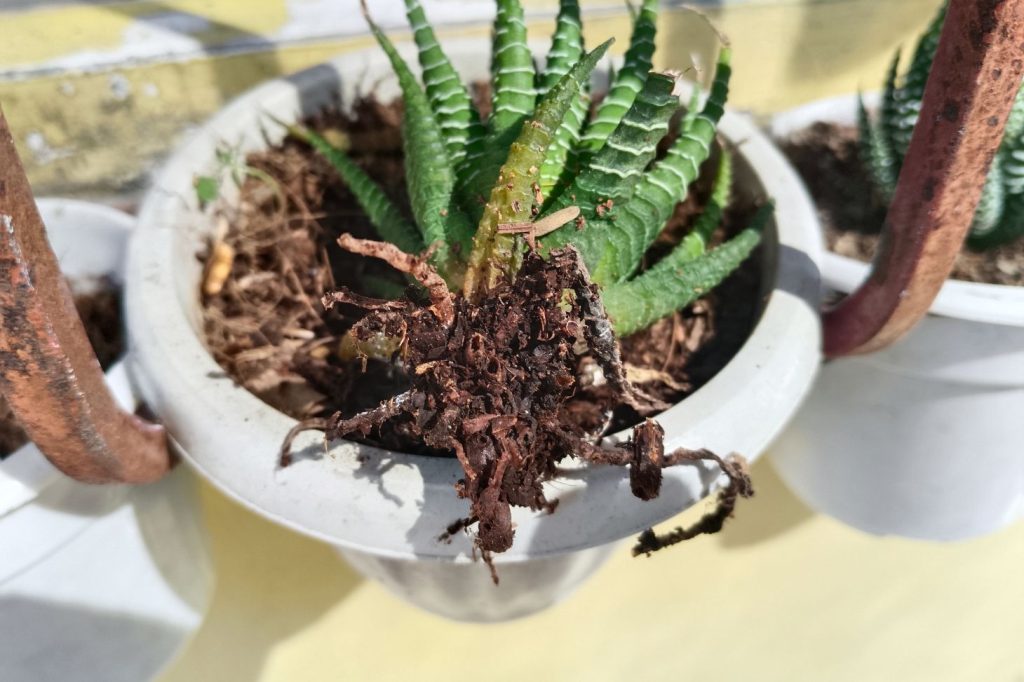
Succulents are prone to root rot, powdery mildew, and black spot, especially if the soil is wet too often. Root rot is usually caused by overwatering and leads to mushy, brown, or black roots. Powdery mildew appears as white, dusty patches on leaves and stems. Leaf spot diseases caused by bacteria or fungi show up as brown, black, or yellow dots that may expand over time.
Mildew and spots can spread quickly if infected leaves are not removed. Good air flow and dry conditions help prevent most fungal and bacterial problems. If roots look black and smell bad, cut away affected parts with a clean tool and let the plant dry before repotting.
Prevention Strategies for Healthy Succulents
Keeping your succulents healthy means taking the right steps before problems begin. Good habits with water, soil, plant care, light, and air will help reduce pests and diseases.
Proper Watering and Soil Drainage
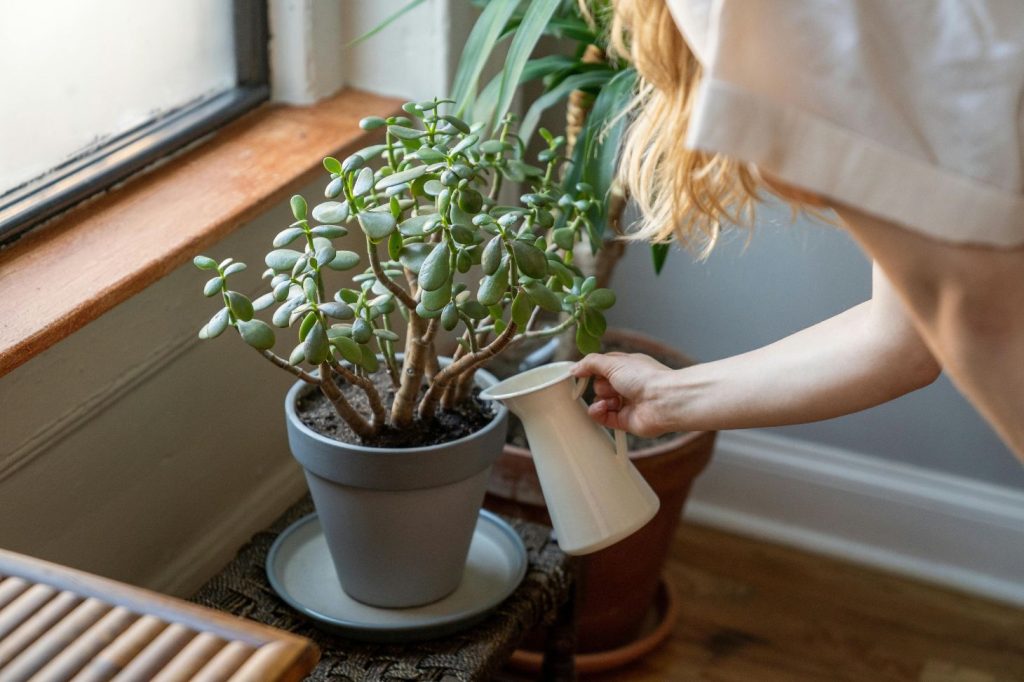
Watering the right way is key for healthy succulents. Too much moisture can cause root rot and invite pests like fungus gnats. Succulents need soil that dries out fast between waterings.
Use a soil mix made for succulents with extra perlite or pumice. This helps water drain quickly and keeps roots dry.
Tips for Watering:
- Allow the top couple of inches of soil to dry out before watering again, but ensure that the soil retains some moisture suitable for the specific plant type.
- Water deeply until water pours out of the drainage holes at the bottom.
- Do not let the pot sit in water.
Avoid misting leaves, as this leads to mold and mildew. Pick pots with drainage holes to keep water from pooling at the roots.
Best Practices for Quarantine and Isolation
Before adding new plants to your collection, always put them in quarantine. Keeping new succulents by themselves for 2-4 weeks lets you spot pests or diseases before they can spread.
If you see pests or strange spots on any plant, remove and isolate it right away. This stops bugs or diseases from reaching other healthy plants.
Never reuse soil or pots from sick plants unless you clean them well first. Wash your hands and tools after handling an infected plant.
Optimizing Light and Air Circulation

Succulents need plenty of sunlight each day, but avoid harsh afternoon sun that can burn their leaves. Spaces with bright, indirect light work best for most types. Low light increases stress and raises the risk of disease.
Good air flow is important too. Crowded plants can increase humidity and lead to fungus growth or pest outbreaks. Arrange pots so that air can move freely around every succulent.
If you grow succulents indoors, open a window sometimes or use a fan on low nearby. Clean the space often to prevent dust, which can block light and create places for pests to hide.
Effective Treatment Methods for Pest and Disease Control
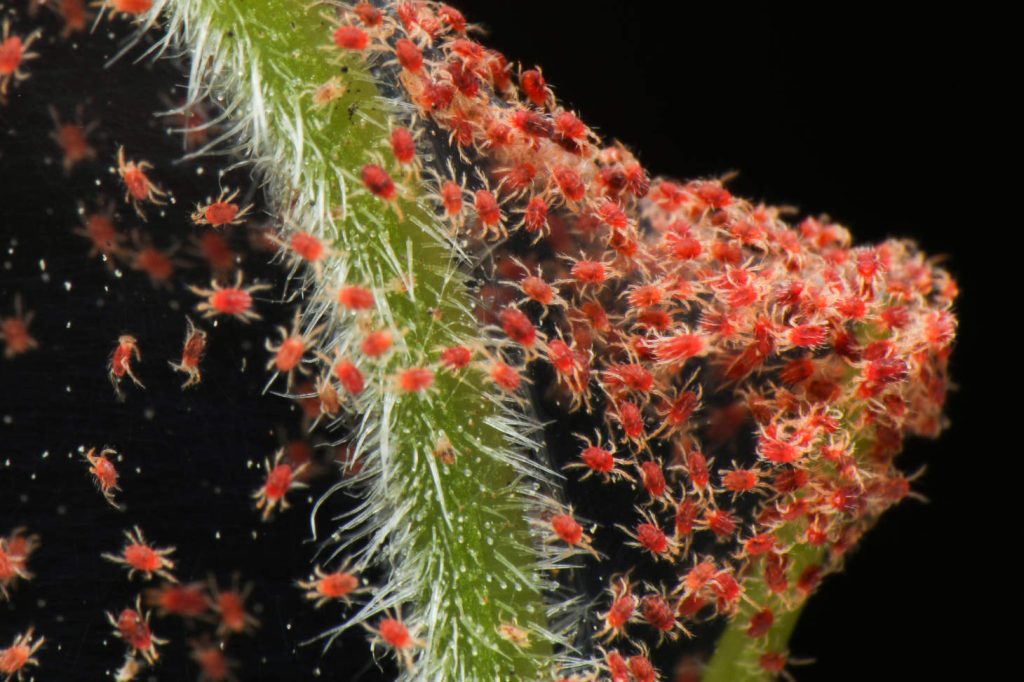
There are several reliable ways to treat pests and diseases in succulents. Proper treatment can help restore plant health, prevent problems from returning, and limit further damage.
Mechanical and Manual Removal Techniques
The first step for small infestations is to physically remove pests or diseased parts. Use clean, sterilized tweezers or a soft brush to take off visible bugs such as mealybugs, aphids, or scale insects. For pests like spider mites, a gentle stream of water can help knock them from the leaves.
Remove any leaves or stems that show rot or heavy pest activity using sterilized scissors. Always wipe your tools with rubbing alcohol before and after use to avoid spreading bacteria or fungus.
Check your plants daily, especially under leaves and in tight spaces. Early detection and quick action can prevent a minor problem from spreading.
Natural and Organic Remedies
Many natural treatments help control pests and diseases without harmful chemicals. A mix of water and mild dish soap can be sprayed directly on pests like aphids. Neem oil is another natural option; it treats both pests and some fungal issues, but do not use it on plants exposed to direct sunlight as it can cause burns.
A diluted hydrogen peroxide solution (about 3% mixed with water) can disinfect soil and surface areas to fight root rot and fungus. Apply treatments in the early morning or late evening to keep your succulents from sun damage.
Some gardeners use diatomaceous earth sprinkled on soil to discourage crawling insects. Always follow label instructions and monitor your plants carefully for any sensitivity or reactions to natural sprays or applications.
Commercial Chemical Treatments for Succulents
When natural treatments are not enough, you may need to use commercial insecticides or fungicides. Products like insecticidal soap, horticultural oils, or specific succulent-safe sprays can target pests like scale, fungus gnats, and spider mites. Use these sparingly and always read the label to ensure they are safe for succulents.
Choose a product made for ornamental plants or houseplants, not just any garden pesticide. Avoid overuse to reduce the risk of chemical buildup, which can harm the plant or nearby beneficial insects.
Wear gloves when using any chemicals and treat plants in a well-ventilated area. Isolate the treated succulents from others until you are sure the problem is gone to prevent spread.
Step-by-Step Restoration After Infestation
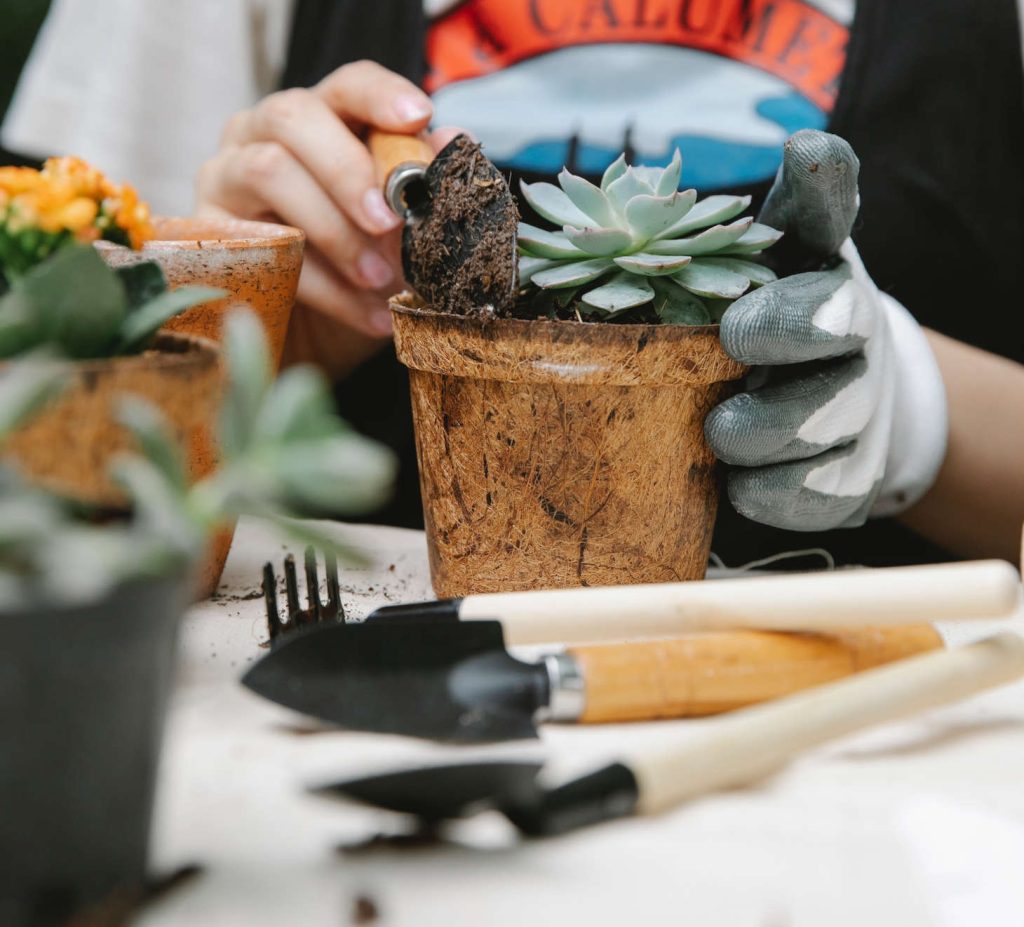
To restore your plant after an infestation, start by removing all diseased plant parts and dead leaves. Repot the plant in fresh, dry, well-draining soil if root rot or fungus was present. Wash the empty pot with hot, soapy water before replanting.
Keep the plant in indirect light and avoid watering for a few days so roots can recover. Watch for any signs of re-infestation or new problems and treat them quickly if they appear.
Track your plant’s progress with simple notes or photos. Regular checkups will help ensure your succulents return to good health and stay pest-free in the future.

